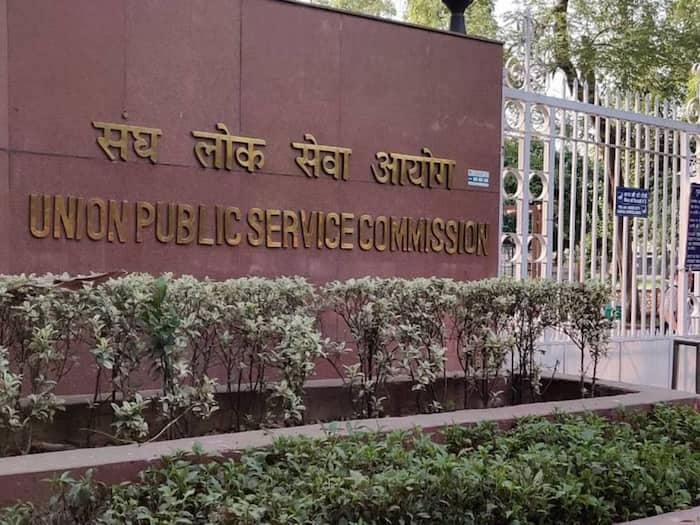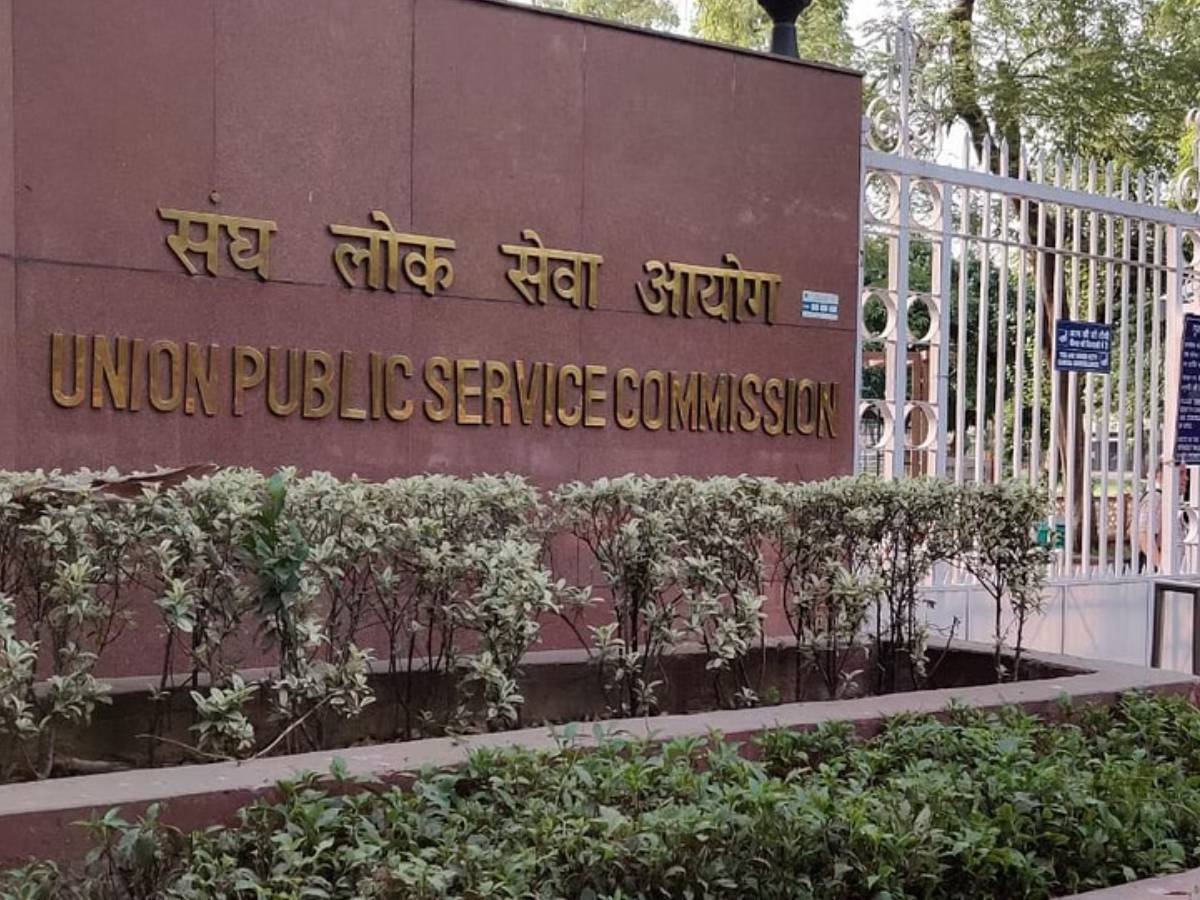The Combined Defence Services Examination (I), 2024 will be held on April 21, 2024. Check exam duration, maximum marks, and important topics.

UPSC CDS(I) Exam 2024: The Union Public Service Commission(UPSC) will conduct the Combined Defence Services Examination (I), 2024 on April 21, 2024. The Competitive examination comprises (a) a Written examination (b) an Interview for intelligence and personality test of such candidates as may be called for an interview at one of the Services Selection Centres. The subjects of the written examination, the time allowed and the maximum marks allotted to each subject will be as follows: (a) For Admission to Indian Military Academy, Indian Naval Academy and Air Force Academy. Before appearing for the examination, an aspirant must go through the detailed syllabus. Check the Mathematics Syllabus here.
UPSC Combined Defence Services Examination(I) 2024 Mathematics Syllabus: Check Duration, Maximum Marks, Important Topics
- Elementary Mathematics will be held for 2 hours.
- Elementary Mathematics will be conducted for 100 marks.
- The question papers (Test Booklets) of General Knowledge and Elementary Mathematics will be set bilingually in Hindi as well as English.
UPSC Combined Defence Services Examination(I) 2024 Mathematics Syllabus: Standard And Syllabus of the examination
Standard And Syllabus of the examination: The standard of the papers in Elementary Mathematics will be of Matriculation level. The standard of papers in other subjects will approximately be such as may be expected of a graduate of an Indian University.
Syllabus of the examination – ARITHMETIC
- Number System—Natural numbers, Integers, Rational and Real numbers. Fundamental operations, addition, substraction, multiplication, division, Square roots, Decimal fractions. Unitary method, time and distance, time and work, percentages, applications to simple and compound interest, profit and loss, ratio and proportion, variation.
- Elementary Number Theory—Division algorithm. Prime and composite numbers. Tests of divisibility by 2, 3, 4, 5, 9 and 11. Multiples and factors. Factorisation Theorem. H.C.F. and L.C.M. Euclidean algorithm. Logarithms to base 10, laws of logarithms, use of logarithmic tables.
- ALGEBRA Basic Operations, simple factors, Remainder Theorem, H.C.F., L.C.M., Theory of polynomials, solutions of quadratic equations, relation between its roots and coefficients (Only real roots to be considered). Simultaneous linear equations in two unknowns—analytical and graphical solutions. Simultaneous linear inequations in two variables and their solutions. Practical problems leading to two simultaneous linear equations or inequations in two variables or quadratic equations in one variable & their solutions. Set language and set notation, Rational expressions and conditional identities, Laws of indices.
- TRIGONOMETRY Sine ×, cosine ×, Tangent × when 0° < × < 90° Values of sin ×, cos × and tan ×, for × =
0°, 30°, 45°, 60° and 90° Simple trigonometric identities. Use of trigonometric tables. Simple cases of heights and distances. - GEOMETRY Lines and angles, Plane and plane figures, Theorems on (i) Properties of angles at a
point, (ii) Parallel lines, (iii) Sides and angles of a triangle, (iv) Congruency of triangles, (v) Similar triangles, (vi) Concurrence of medians and altitudes, (vii) Properties of angles, sides and diagonals of a parallelogram, rectangle and square, (viii) Circles and its properties including tangents and normals, (ix) Loci. - MENSURATION Areas of squares, rectangles, parallelograms, triangle and circle. Areas of figures which can be split up into these figures (Field Book), Surface area and volume of cuboids, lateral surface and volume of right circular cones and cylinders, surface area and volume of spheres.
- STATISTICS Collection and tabulation of statistical data, Graphical representation frequency polygons, histograms, bar charts, pie charts etc. Measures of central tendency.
The candidates are not permitted to use a calculator for answering objective-type papers (Test Booklets). They should not, therefore, bring the same inside the Examination Hall. For more details, visit the official website of UPSC.

